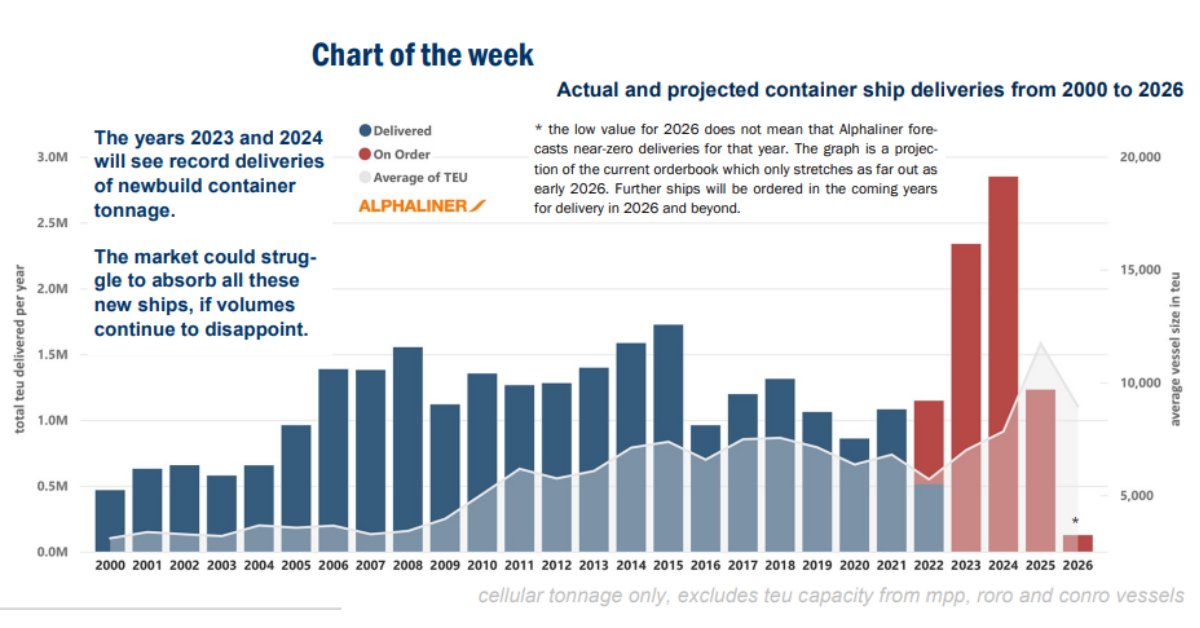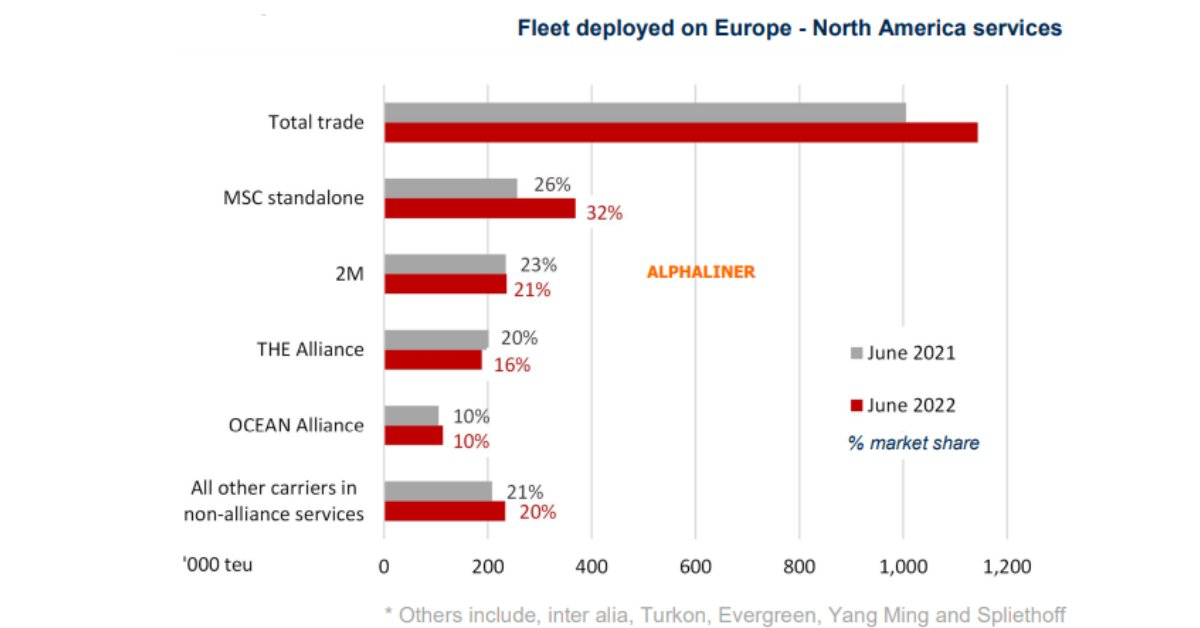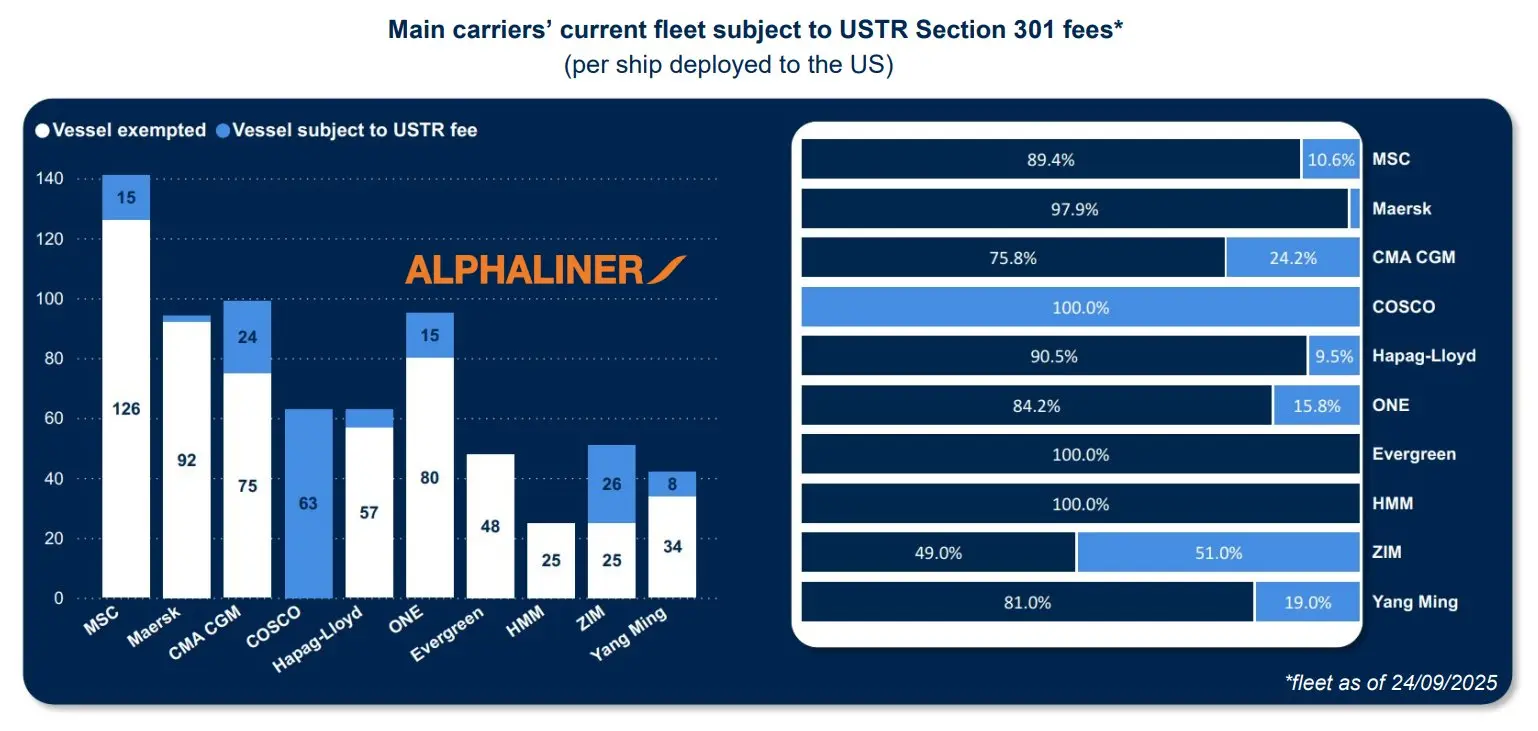
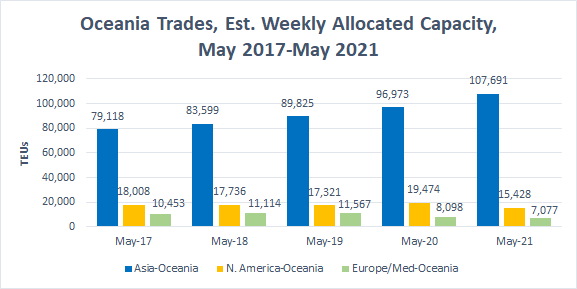
Over the past few years, Asia has solidified its place as the leading trading partner with the Oceania region, largely due to their proximity and mutual reliance on goods and resources.
According to Australian trade statistics, 39% of all exports and 27% of imports in 2020 were with China.
The main imports were technology, machinery and appliances, while most of the Australian exports were iron ore, which accounted for 56% of all exports, and coal. The second and third largest importers of Australian goods were other Asian countries, South Korea and Japan, while the second largest exporter to Australia was the United States.
China is also New Zealand’s largest trading partner, which saw the two-way trade of goods and services worth around 25 billion dollars in 2019. The main exports to China from New Zealand included agricultural and lumber goods and tourism and education services, while the island country’s main imports were also electronics and machinery.
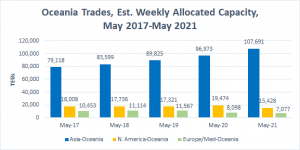
The above chart shows the estimated weekly allocated capacity in TEUs between the major trade regions and Oceania since May 2017, according to BlueWater Reporting’s Capacity Report. The largest by far across the years is Asia to Oceania and is increasing greatly.
Since the end of May 2017, the estimated weekly allocated capacity from Asia to Oceania has increased by 36%, from 79,118 TEUs to 107,691 TEUs at the end of May 2021.
TEU capacity from North America, the second largest trade route to Oceania, has slightly reduced since 2017. In May 2020, it rose to 19,474 estimated weekly allocated TEUs but was reduced by 21% to 15,428 TEUs.
Capacity from Europe and the Mediterranean also dipped since May 2017. It was highest year-over-year in May 2019, with a 11,567 estimated weekly allocated TEUs yet dropped to 7,077 TEUs in May 2021, a 39% decrease.
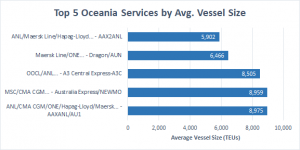
The five largest container services calling Oceania by average vessel size in TEUs are listed above, also from the BlueWater Reporting Capacity Report, with the largest being ANL, CMA CGM, ONE and Hapag-Lloyd’s combined AAXANL/AU1 service with an average vessel size of 8,975 TEUs.
Four of the five largest services are between Asia and Oceania, which further highlights their dominance in trade capacity, but the second largest is between Europe and Oceania. The MSC and CMA CGM operated Australia Express/NEWMO service has an average vessel size of 8,959 TEUs, only slightly under the largest container service.










